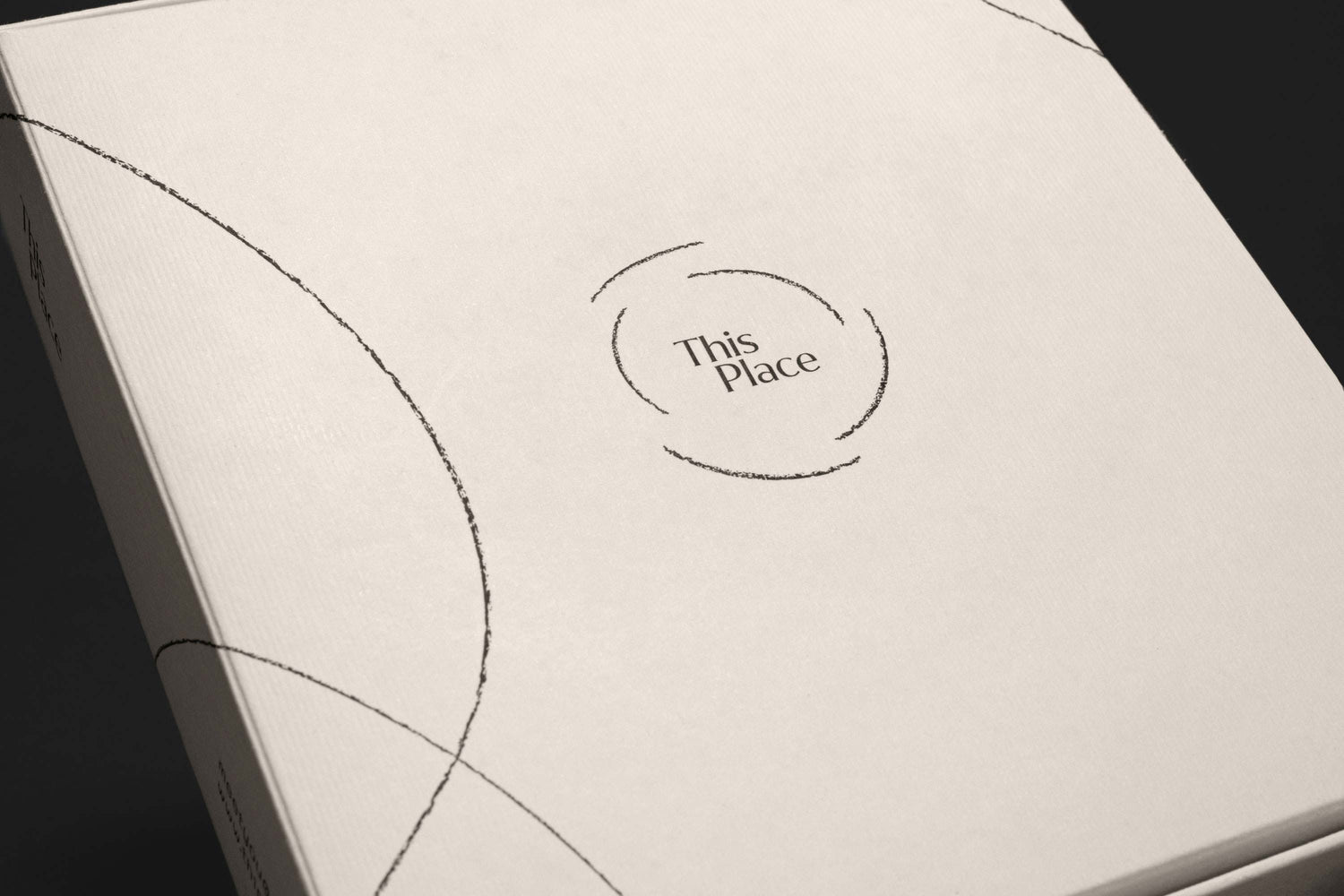We are know this: In the dark winter months when everything is somehow going wrong, stress at work drives us up the wall, and we consistently seem irritable. There are so gray-in-gray days when one would prefer to stay in bed in the morning, and pull the covers right back over your head. Many women have this oppressive feeling especially in the days before menstruation begins. Premenstrual syndrome (PMS) is often also linked to depressed mood. These cramps in the lower abdomen can lead to inner unrest. The good thing is: something can be done about this uneasiness. St. John's wort is said to be a well-tolerated option against some of these discomforts.
What is St. John's Wort?
St. John's wort is part of the Hypericaceae (hard hay), a family with more than 400 different known species. It grows in the temperate climate of Europe, North America and Asia. Alone in our region, nine different types can be found in close proximity.
From summer to early autumn, the plant is found to have a bright yellow color in appearance. St. John's wort or "Holed" (Hypericum perforatum) are what it is known as. The name, according to legend, comes from the fact that the devil himself was so enraged by their healing power that he pierced the leaves. And so the herb was once used to ward off evil spirits and demons. If you hold the leaves up to the light, the lancet-like leaves actually appear perforated due to their reddish glands which contain resins, oils and essential oils [1]. However, it is more likely that St. John's wort got its name from the feast of St. John on June 24 because the plant begins flowering at that time. St. John's wort is considered the plant that gathers the power of the sun, using it to drive away bad moods [2].
The real St. John
However, only the true (spotted) St. John's wort is medicinally significant. The herb and the flowers growing above ground have been used since ancient times as a medicinal plant against melancholy, among other things. For external use, the bright red oil of the flowers is most commonly used. St. John's wort has its highest content of active ingredients when it is in bloom [3]. As recently as 2002, St. John's wort was one of the most widely used herbal remedies for depression in the USA.
Application areas of St. John's Wort
St. John's wort is evaluated differently by different authorities. What they all have in common, however, is that its main effect seems to be a mood-lifting and calming effect.
St. John's wort for internal use
After European Medicines Agency (EMA) hypericum can be used [4] for the treatment of:
- skin problems and minor wounds
- mental stress and mood swings (mild to moderate depression [11; S2]) and
- disorders of the gastrointestinal tract
Commission E (the scientific expert commission for herbal medicinal products of the Federal Institute for Drugs and Medical Devices, BfArM) lists areas for internal healing, including:
- psycho vegetative disorders
- mild to moderate depressive moods
- anxiety and restlessness
- exhaustion
- sleep disorders associated with depression
- menopausal
- migraines [2; 5].
St. John's wort for external use
But St. John unfolds its healing power not only by internal application. An external application is used for:
- tension and muscle pain with various causes (myalgia)
- cuts and abrasions
- bruises
- sprains
- dislocations
- nerve pain and
- rheumatic complaints
The heat generating effect of the herb is generally intended analgesic effect [2; 5].
The ingredients of St. John's Wort
Plants are full of pharmacologically important substances that may support each other in an extract of the whole plant in its effect and reinforce [8]. In St. John's Wort contains, inter alia, the following active substances:
- Hypericine
- Hyperforin
- bitters
- flavonoids
- biflavonoids
- tannins / tannins
- essential oils (such butenol)
- xanthones
- different amino acids [4; 14].
From what substance or mixture of the antidepressant effect starts, has been clarified yet not exhaustive.
The working mechanism of St. John's Wort
But how exactly does St. John's wort work? The effectiveness of St. John's wort appears by the complex interaction of several ingredients to come into existence [8, 10]. Every single fabric again seems to be working its own mechanism of action.
John's wort against premenstrual syndrome (PMS)
How can help John's wort against PMS? St. John's Wort produces its calming effect mainly in psychiatric rich tissue, such as brain and muscles. Therefore, it is not to brighten only the mood, but can also alleviate accompanying symptoms, such as pain, cramps or anxiety and stress.
An example of this is the bitter substances in St. John's. They can provide for recreation, energy and the strengthening of organs. They also act on the nervous system. They can stimulate the same time and relax, cheer and calm, act against anxiety and depression [7].
St. John's wort for depression
Several studies have shown that St. John's wort can act as a whole extract with continuous intake to mild and moderate depression [S1] The hypericin contained therein seems example, a strong binding affinity to receptors have, which are numerous in the brain areas of emotions [S5].
Suspected is that St. John's wort (monoamine oxidases MAO as) messengers (neurotransmitters) accumulates on the suspension of certain groups of enzymes in the nervous system.
how it works: The messengers carrying information from one nerve to the next train on the so-called synaptic cleft. According to their binding to the receptors receiver (synapses) they are degraded by enzymes. Now if St. John's wort inhibits these degradative enzymes, the messengers accumulate and can more pulses in the subsequent nerve cell to send.
In these neurotransmitters is these hormones:
- serotonin ( "happiness and fear free hormone")
- dopamine ( "reward hormone")
- norepinephrine ( "Drive hormone") [S6].
The mode of action is so similar to that of synthetic antidepressants which inhibit the reuptake of serotonin.
At the same time St. John's wort should be able to increase the density of receptors on the nerves that are activated by serotonin, [13]. In animal experiments could thereby reducing depressive behavior are observed [9]. The effect was comparable to that of a synthetic antidepressant [11].
St. John's wort to soothe
The calming effect of St. John's wort is due to a similar mechanism, such as its antidepressant effect. Some substances seem to inhibit namely, a second group of enzymes catechol Omethyltransferasen (COMT), which increases the concentration of gamma-aminobutyric acid (GABA) and L-glutamine in the central nervous system. GABA, for example, reduces the activity / excitation of the nervous system, so that the body is relaxed and at ease. L-glutamine as a precursor of GABA in the brain itself acts as an antidepressant, antianxiety and sleep-promoting [8, 12; S7].
These other mechanisms for the relaxing effect of St. John's wort to be responsible. The hop acid (butenol) in St. John applies for example also reassuring [6]. Other ingredients of St. John's wort bind to so-called Corticoliberinrezeptoren (CRF receptors) in the central nervous system and reduce the level of corticotropin-releasing factor (CRF). This anxiety can be modulated [10] and the perception of stress are dampened. Also binding of hypericum ingredients to benzodiazepine receptors may contribute to sedative effect [10]. Finally, St. John's wort to increase the distribution of the sleep hormone melatonin.
St. John's - when does the effect take place?
Does St. John's wort immediately after taking this medicine? No, unfortunately not. The bad news is that St. John's wort, must be so taken as thousands of other herbal supplements only regularly before the first effects are felt. In general, the within two to four weeks to happen. First effects can already be felt after about eight days [11; 5]. have accumulated until enough neurotransmitter receptors before, just can pass some time [12].
St. John's wort: side effects, contraindications, interactions
St. John's wort is generally well tolerated. Of a total of 12,000 patients just three percent reported ever side effects [10]. In studies, it has similar side effects as a placebo (placebo) [S1; S3]. However hypericins acting photodynamically, that is, that can be the skin at high doses of St. John's wort photosensitive [11]. So when taking St. John's wort, you should expose yourself to risk no sunburn not too long strong sunlight. In addition, known as side effects:
- gastrointestinal complaints
- an allergic skin reaction
- fatigue [11].
When should not take St. John's wort?
Whether St. John's wort for pregnant and lactating women is safe, has not yet been clarified. In animal experiments, at least it has caused birth defects. Nursing mothers can under St. John's wort:
- colic
- drowsiness or
- sensitivities
develop [2].
People with:
- heart valves and heart wall aneurysms
- fresh pulmonary
- deep vein thrombosis
- thrombophilia
should in no case more than 40 mg hyperforin per day taking [5]!
interactions of St. John's Wort
Critical are the interactions that St. John's wort - may cause with parallel medication taken - when taken orally. This is because that the herb can activate the metabolism [S4]. In high doses (from about 900 mg total extract) may interact with the following medications:
- antibiotic
- medicine to treat asthma
- anticoagulants (anticoagulants)
- antidepressants
- heart medication / -heterosides
- HIV drugs (protease inhibitors)
- immune-suppressing drugs
- cancer drugs
- statins to lower cholesterol
Although it had so far not confirmed by studies, St. John's wort is suspected to reduce the effect of hormonal contraceptives. If you are unsure whether St. John's wort has any of your drugs have an impact, questioning myself from taking your doctor [2; 11].
How to dose St. John's Wort
What dose is appropriate for you depends on how much the symptoms are, you want to treat it and how high the preparation is. Recommended daily are 900 mg to 1800 mg hypericum extract or a dose of 300 to 600 mg one to three times / day. The maximum dose of 1800 mg of extract should not be exceeded. Young people under 18 are advised to keep before taking consultation with the doctor [11].
With mild depressive episodes usually a dose ranges from 300 to 600 mg of St. John's wort dry extract per day out. Ideally, you take it as a therapy and especially regularly three to six months [5].
Why is St. John's wort a component of our PMS cream "The Hug"?
Pain and psyche are linked inextricably. Fast a vicious cycle of pain and mental health problems, which in turn may increase the pain develops. Therefore, painful periods require a conscious break for the self. Our period Cream The Hug can to contribute decisively to resolve complex problems. It consists of a mixture pleasant soothing extracts.
are irritated If there is pain in the days before the days when the uterus to contract, nerves near the tense muscles. A massage with warm St. John's wort may provide for the relaxation of cramping, nerve-rich uterine muscles and also the feeling of inner restlessness and sadness calm. the relaxing effect is supported by chaste tree, incense and hemp extract CBD, with their essential oils and warming forces counteract the imbalances in the body. The special flavor of the cream contributes to holistic well-being. The gentle massaging the cream to the abdomen and a conscious breathing in and out physical and psychological stresses can fall away from you. So represents The Hug meditative mindfulness, conscious in-itself-sensing and self-care. All contribute to calming and pain relief.

